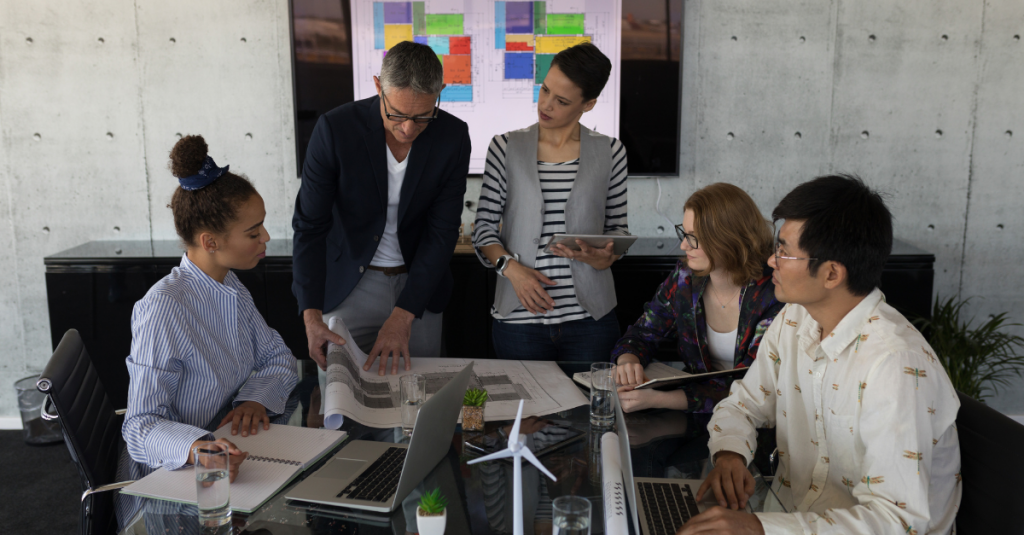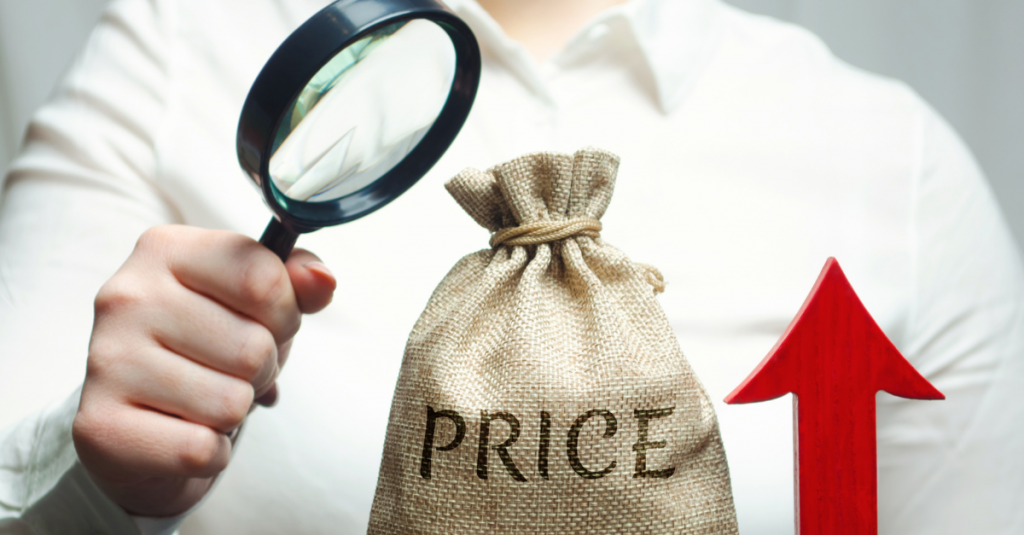They said you needed millions to matter. Small ventures replied, “Watch us.”
The Rise of Small Ventures: A New Era of Entrepreneurship
Once upon a time, the dream was to land a corner office in a big corporation. Today, the dream fits in a backpack and runs on Wi-Fi. From bustling coffee shops to converted garages, 54% of global startups now begin as solo ventures (Global Entrepreneurship Monitor, 2023), proving that small ventures aren’t just blooming; they’re redefining business.
Small business success stories are now the driving force of this transformation. Small ventures are the new rebels of the economy. They’re agile, free from bureaucracy, and wired to solve hyper-specific problems, whether that’s a subscription service for zero-waste sustainable products or an app connecting freelance farmers to urban markets.
Deepak Mandy, serial entrepreneur and small business advocate, says, “Innovation isn’t about big teams; it’s about bold thinking. And small ventures have that in spades.”
Nimble and Innovative: Why Small Businesses Outperform Larger Competitors
Imagine a giant ship and a speedboat. Now, imagine both trying to take a sharp turn. The ship takes miles. The speedboat? Seconds.
Here’s how small and medium business innovation are flourishing:
Agility: Pivot fast. A local bakery shifts to vegan recipes overnight when demand spikes; a tech startup redesigns its app in days based on user feedback.
Hyper-Personalisation: They know their customers by name, literally. A boutique skincare brand tailors products to individual client allergies.
Cost Efficiency: No bloated budgets. They use lean teams, automation, and guerrilla marketing.
Risk-Taking: Willing to experiment. Failed product? They’ll relaunch within weeks, not years.
But it’s not all smooth sailing.
In reality, 50% of small businesses fail within five years. However, their iterative approach of launching MVPs, gathering feedback, and refining keeps long-term risks lower. These are real challenges for small ventures, but also part of their growth engine.
Local to Global: How Small Ventures Scale Impact

Scaling no longer requires a Fortune 500 budget. A craft brewery in Colorado ships globally thanks to Shopify. It sells out locally, goes viral online, and soon, they’re shipping to Seoul, Seattle, and Stockholm.
Welcome to the global age of grassroots.
- Scaling small ventures has become possible through digital platforms and savvy storytelling. E-commerce, remote teams, and global fulfilment mean you don’t need to be a multinational to reach multiple nations.
- Tools like Stripe, Canva, and Upwork erase borders, letting small ventures punch far above their weight. This shows the real impact of small ventures in today’s interconnected world.
Sustainability & Social Impact: Small Ventures Leading the Way
While larger companies are still writing their ESG reports, social impact entrepreneurship is already the foundation for many small businesses.
- A London bakery hires refugees and donates day-old bread to shelters.
- A Mexican startup installs solar panels in remote villages, funded by a “buy one, gift one” model.
- A study shows that Gen Z and Millennials prefer brands that align with their values, not just their wallets.
Small ventures are proving that doing good and doing business aren’t mutually exclusive; they’re inseparable.
The Catch: Only 12% of small businesses achieve B Corp certification due to costs (B Lab). Yet, their efforts, like Who Gives a Crap donating 50% of profits to sanitation projects, prove business opportunities and social good can go hand in hand.
Tech & Digital Tools: Empowering Small Ventures to Compete

You’ve got a smartphone, Wi-Fi, and a big idea? You’re in business.
The business trend of tech democratisation has been a game-changer:
AI: Chatbots handle customer service; predictive analytics optimise inventory.
Social Commerce: TikTok and Instagram turn a viral video into a sales funnel overnight.
Cloud Computing: A freelance graphic designer collaborates with clients in 12 time zones via Figma and Slack.
Blockchain: A coffee farmer in Ethiopia tracks beans from crop to cup, ensuring fair pay via smart contracts.
Low-Cost Tools: Canva (design), Trello (project management), and Wave (free accounting) keep overheads lean.
Platforms like Square and QuickBooks let solopreneurs manage finances like Fortune 500 CFOs, minus the Ivy League degree.
But tech isn’t a magic fix.
- Only 18% of small businesses use AI (McKinsey, 2023), often due to skill gaps.
- Solutions like Google’s Digital Garage offer free courses on analytics and automation, helping bridge the divide and support business development.
Case Studies: Small Businesses Creating Big Change
- The Refillery (Sydney): A plastic-free grocery store revolutionising conscious shopping. They started local and now lead the zero-waste movement in Australia.
- CodeHive (India): A women-led coding bootcamp upskilling rural teens. Trained 5,000 rural graduate women in coding since 2020. 65% secured jobs at Microsoft, Infosys, or as freelance developers.
- GreenStitch (Canada): A two-person startup making biodegradable sneakers from algae. Partnered with marine NGOs, it is now being sold in 30+ countries.
These ventures didn’t wait to be big enough. They started. And the world is taking notice.
Funding & Support: How Small Ventures Secure Resources
But even the boldest ventures need backing, and here’s how small businesses are getting the business funding they need.
Crowdfunding: Platforms like Kickstarter, GoFundMe, and StartSomeGood are turning dreams into funded realities. Kickstarter’s 23% success rate (2022) isn’t perfect, but campaigns like Pebble Time ($20M raised) show potential.
Microgrants: Organisations like Hello Alice offer $10K grants for underrepresented founders, and Kiva funds 1.6 million+ small businesses globally with 0% interest loans.
Revenue-Based Financing: Get upfront cash for a percentage of future sales (no equity lost).
Incubators: Y Combinator’s “tiny batches” focus on solo founders.
As Deepak Mandy advises, “Don’t chase capital blindly. Align with backers who believe in your mission, not just your margins.”
Overcoming Challenges: Lessons Learned from Small Business Success

Every small venture faces hurdles regarding cash flow, burnout, and competition.
How to beat these common hurdles?
Cash Flow Crunch: Use tools like Pulse to forecast and negotiate better payment terms.
Burnout: Automate ruthlessly. Outsource tasks to virtual assistants for $5/hour.
Competition: Focus on a niche. “We don’t sell candles; we sell meditation experiences for your home.”
Those who succeed have a few things in common:
- Clarity of purpose
- Customer-first mindset
- Willingness to iterate
- Community over competition
They treat setbacks not as failure, but as feedback – a core trait of long-term business growth strategies.
Future Outlook: The Growing Influence of Small Enterprises
The next decade belongs to the small. It’s collaborative. It’s community-powered. Trends to watch:
AI Co-Pilots: GPT is writing marketing copy, and Midjourney is designing logos.
Decentralised Workforces: Hiring globally for niche skills.
Direct-to-Consumer 2.0: VR showrooms, personalised NFTs for loyalty programs.
As remote work, digital nomadism, and ethical consumerism reshape the world, small ventures are poised to lead. Their agility, authenticity, and connection to community give them an edge that size can’t replicate.
In a world craving connection, value, and transparency, small businesses don’t just survive; they thrive.
Final Word from a Business Mentor
Deepak Mandy, a guiding voice for modern entrepreneurs, sums it up best:
“The size of your venture doesn’t limit your vision. Small enterprises often drive the biggest change because they build from the ground up, with purpose at the core.”
Your Move:
- Start with an MVP.
- Join a local incubator.
- Leverage free tools.
Impact isn’t measured in square metres. It’s measured in movement.













